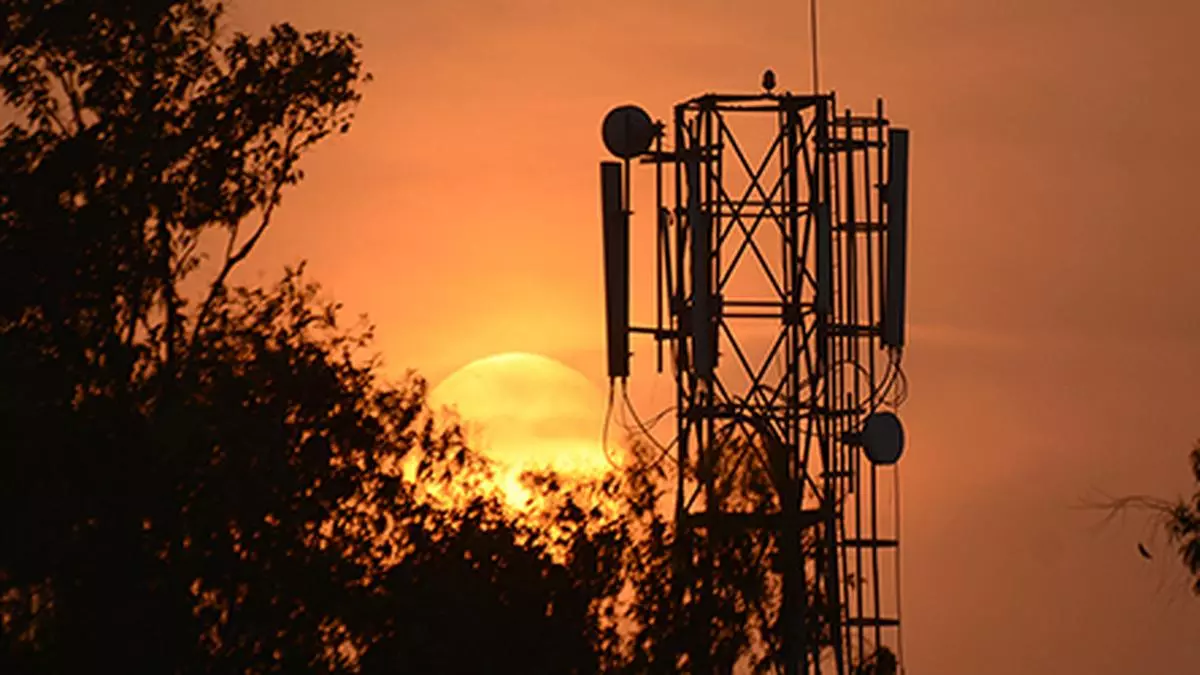Indus Towers: What Should Investors Do After 120 per cent Returns From our Buy Recommendation
The biggest winner from the successful Vodafone Idea FPO that was successfully concluded last month was not Vodafone Idea, it was rather Indus Towers which has witnessed a change of fortunes as compared to same time last year.
From a lifetime high of ₹479 in 2015, the stock of Indus Towers was in a long-term bear market till April 2023 as it fell to as low as around ₹135. Disruption in the telecom industry following entry of Reliance Jio in 2016 lowering the number of players, impacted growth and tenancy ratio (average number of operators using a single tower) and profitability for Indus Towers. Further, uncertainty on viability of Vodafone Idea pressurised the stock through much of 2022 and 2023.
As concerns were mounting, at bl.portfolio we had spotted a compelling opportunity in the stock in June 2023. Unloved by many market players, Indus Towers was available at a distressed valuation of one-year forward PE of 8 times and EV/EBITDA of 4.6 times. At those levels, the the shares were fully discounting the concerns then on whether the Indian telecom market would end up as a duopoly. This made the risk reward entirely favourable for new investors as downside was low, given valuation support. Concerns were already discounted, while upside potential was quite significant considering the probability of Vodafone Idea reviving. This thesis predicated the buy call we had given on Indus Towers in bl.portfolio dated June 11, 2023, when the stock was trading at ₹157.
Almost a year since then, our thesis has largely played out, with Indus Towers up by 120 per cent since our buy call. What should investors do now?
The business prospects definitely look better than a year ago, with a lot of clarity now that Vodafone Idea will survive as a viable third private player in the Indian telecom market. At the same time, the valuation is not that attractive, with the stock now trading at a one-year forward PE of 14 times versus five-year average of 11.7 times, and EV/EBITDA of 7.1 times (5yr average at 5.6 times). While some premium to historical average is warranted given the last five years were more of a turbulent period for the sector suppressing valuation for Indus Towers, there may not be much scope for reasonable expansion in multiples from current levels. This is considering the current Bloomberg consensus estimates projecting FY24-26 revenue, EBITDA and EPS CAGR of 8, 4 and 9 per cent respectively.
While we expect the business to remain good/stable and grow slow and steady from here, much of the positive developments and implications appear largely priced in. We hence recommend that investors now book profits in Indus Towers and lock in on the sizable gains of the last one year.
Business
Indus Towers in its present form was formed by the merger of Bharti Infratel and erstwhile Indus Towers (which was a tower joint venture between Bharti Airtel, Vodafone and Idea) in 2020. Following the merger, Indus Towers is the largest telecom tower infrastructure provider in the country and one of the largest globally. It is also the only pure play listed player in this space.
Its primary business is to acquire, build, own, operate and maintain tower and related infrastructure. Tower infrastructure refers to equipment such as towers, shelters, power regulation equipment, battery banks, diesel generator sets, etc, required at sites where towers are installed. This type of facility is also known as passive infrastructure in the telecom context. These facilities are utilised by wireless telecom service providers on a shared basis, under long-term contracts. Leasing external tower infrastructure frees financial capital for telecom service providers to invest in their core operations. All wireless telecom service providers in India are customers of Indus Towers.
Prospects for the company depend on a combination of increasing demand for towers as wireless telecom density increases as well as increasing utilisation of/co-locations in towers as newer and enhanced offerings such as 5G drive demand.
Indus Towers has nationwide presence, with operations in all 22 telecom circles.
Performance
As of March end, it had 2,19,736 towers and 3,68,588 co-locations (more than one telecom operator utilising same tower), up by 14 and 8 per cent respectively over the last one year. Tenancy ratio at 1.68 was lower than 1.78 same time last year. This, however, is expected to improve as Vodafone Idea starts investing in 4G and 5G initiatives using the FPO money. Higher tenancy ratios result in higher margins, which is likely to start reflecting in financials from FY26/27.
For the year FY24, the company reported revenue, EBITDA and net income of ₹28,601 crore (up 0.8 per cent Y-o-Y), ₹14,694 crore (50.4 per cent) and ₹6,036 crore (196 per cent) respectively. The significant jump in EBITDA and net income was driven by one-off factors, primarily write-back of provisions made earlier for certain dues from Vodafone Idea. Hence what has happened is more a of normalisation in FY24 with EBITDA margins at 51.3 per cent, more in sync with EBITDA margins at 53.9 per cent in FY22 (had fallen to 34.3 per cent in FY23). The company’s Balance Sheet is strong, with net debt/EBITDA at a comfortable 1.3 times.
A key factor that used to drive interest in Indus Towers stock earlier was dividends. For example, the company had declared dividends of ₹11 for FY22 and 20 for FY21 resulting in attractive dividend yields then. Following receivable issues with Vodafone Idea, no dividends were paid in FY23. For FY24 no dividend has been declared due to higher capex, and dividends appear unlikely in FY25 as well.
